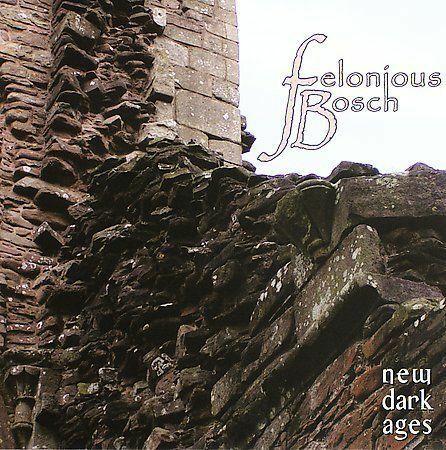The racial stereotypes are evident right away from the titles with the image of the mammy. The story begins with a scrolling panorama of a Southern town on the Mississippi River. We see our washing woman and signs proclaiming it to be Lazytown.
Life is slow in Lazytown as evidenced by the caricatured residents who are either slumbering or taking their sweet time picking the cotton.
Then a riverboat docks with the captain yelling that they'll be stopping for a lunch break.
Aboard is a curvaceous, well-dressed woman.
She turns all the men's heads as she approaches the woman washing clothes and tells her, "That ain't no way to wash clothes. What you all need is rhythm." The city-slicker proceeds to show her how it's done in Harlem.
The singing and dancing at the washboard gets all of the black-faced stereotypes of Lazytown singing and dancing.
At the end, the woman boards the riverboat again and his on her way with the whole town waving her goodbye.
"Scrub Me Mama with a Boogie Beat" is such a great song that it's hard not to tap your feet and enjoy the lively song & dance here despite the stereotypes. It is interesting to note here that the song was strictly about a woman from Harlem yet the cartoon's creators decided to shift the scene to the South. The Southern characters here are portrayed in caricatured black face while the woman from Harlem looks normal. She doesn't have big, exaggerated lips and note also that her skin is lighter than that of the Southerners; she has a nice shapely figure whereas everyone else is either bone-thin or obese. This is an example of what Wikipedia calls the "exotic sex symbol" stereotype which we saw in "Goldilocks and the Jivin' Bears". And so the cartoon deals with a lot of stereotypical dichotomies: black vs. white, North vs. South, and urban vs. rural.
I cannot find anything to indicate why the makers of the short decided to shift the scene south instead of having it take place in Harlem. Did they look down upon Southerners? Or rural folk? Regarding race, Walter Lantz, who directed "Scrub Me Mama With a Boogie Beat", was quoted as saying, "The first thing that happened was the elimination of all my films that contained Negro characters; there were eight such pictures. But we never offended or degraded the colored race and they were all top musical cartoons, too." I think that these are the first words I've found by a creator of the cartoons I've looked at here that actually addresses how these people viewed their work. If we take Lantz at his word that his intentions were not meant to be hurtful, it doesn't change the fact that his portrayals of blacks fed into a miasma of harmful stereotypes. That this is so was underscored by Spike Lee in his movie Bamboozled which featured footage from "Scrub Me Mama With a Boogie Beat".
Even if Lantz was not out to offend, it is difficult to understand how someone with motives to entertain could not see that there just might be something wrong with portraying an entire town as being lazy, having huge lips, and loving watermelon. But I guess this speaks to the time. That he wasn't out to offend doesn't mean that Lantz and others at the time didn't hold essentially hurtful views. As I watch more of these cartoons with stereotypes of blacks, I wonder just how far our popular entertainment has come. Have the stereotypes here been put away only to be replaced by new ones? Hip-hop gang bangers and single mothers on welfare are pretty prevalent. In her article about the lack of recognition given to black actresses called "Invisible Women", Stephanie Zacharek makes a distinction between cultural conditioning and racism. Perhaps this is helpful when looking at these cartoons. One can surely be taught to think of blacks in stereotypical ways without actually holding any malice towards them. Presumably many, if not most, audience members in 1941 viewed "Scrub Me Mama With a Boogie Beat" as exactly what Lentz said it was – a musical – and not a comment on blacks generally. They were conditioned to ignore the harmful stereotypes. Likewise, the TV shows and films of today whose only black characters have baggy pants and large gold chains could be the product of conditioning and not racism itself, though the former surely aids the latter. Popular entertainment may have discarded the minstrel show but it retains the use of stereotypes and still has a long row to hoe when it comes to its part in "conditioning" people's notions of race.
"Herr Meets Hare"
"What's Cookin' Doc?"
"Goldilocks and the Jivin' Bears"
"All This and Rabbit Stew"
"Sunday Go to Meetin’ Time"
"Uncle Tom's Bungalow"
"Frigid Hare"
"Bugs Bunny Nips the Nips"
"Africa Squeaks"
